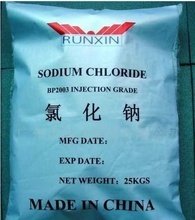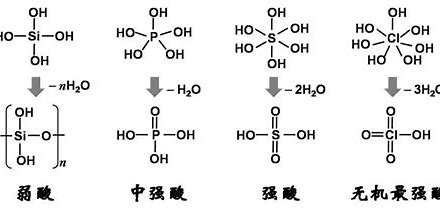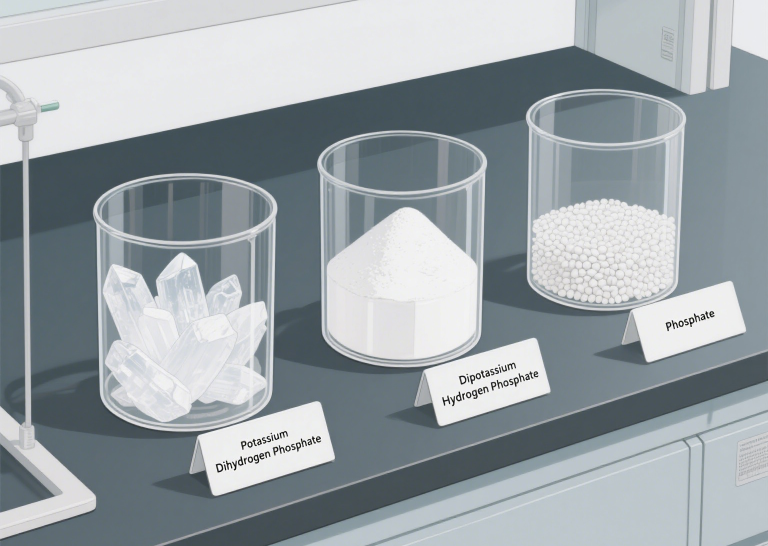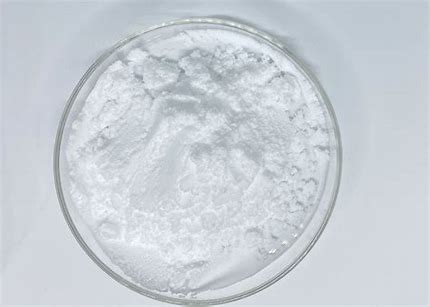does water or sodium chloride boil first
It’s a classic kitchen conundrum, one that has sparked countless debates over stovetops: You’re making pasta, and you’re about to add salt to the water. A thought pops into your head: Does that salt make the water boil faster, or does it actually take longer?

Understanding Boiling Point: The Fundamental Basics
Before we can compare the boiling behavior of water and sodium chloride, let’s establish a clear understanding of what a boiling point actually signifies.
The boiling point of any liquid is defined as the specific temperature at which its vapor pressure becomes equal to the pressure exerted by the surrounding atmosphere.
At this critical point, the liquid undergoes a rapid phase transition, turning into a gas (vapor) and forming the familiar bubbles that vigorously rise to the surface.
- Pure Water’s Boiling Point: Under standard atmospheric pressure at sea level (which is approximately 1 atmosphere or 101.325 kPa), pure water consistently boils at precisely 100°C (212°F). This is the benchmark we often reference.
- Pure Sodium Chloride’s Boiling Point: This is where the comparison becomes dramatically different. Sodium chloride (NaCl) is not a liquid at everyday temperatures; it’s a stable crystalline solid, much like sugar or sand. To even get solid sodium chloride to melt, you would need to subject it to an incredibly intense temperature: its melting point is an astonishing 801°C (1,474°F). If you were to continue heating this molten sodium chloride even further, it would finally reach its boiling point at an utterly staggering 1,413°C (2,575°F)!
So, when the initial question is posed as “does water or sodium chloride boil first” in their pure forms, the scientific explanation is unequivocally clear: pure water boils at a vastly, incomparably lower temperature than pure sodium chloride. There’s no contest between the two as individual substances.
The Saltwater Scenario: The Phenomenon of Boiling Point Elevation
But what happens when you dissolve sodium chloride (your everyday table salt) in water? This is the specific scenario that typically sparks the curiosity and lies at the heart of most people’s question. When sodium chloride (acting as a solute) dissolves in water (acting as the solvent), it doesn’t just disappear; it forms a new entity: a solution. The boiling point of this newly formed solution will be distinctly different from that of pure water due to a well-understood phenomenon known as boiling point elevation.
Boiling point elevation is categorized as one of the colligative properties of solutions. The fascinating aspect of colligative properties is that they depend solely on the number of solute particles dissolved in a specific amount of solvent, rather than on the chemical identity or type of those particles.
Here’s the underlying chemistry and physics that explains why salt water boils at a higher temperature than pure water:
- Lowered Vapor Pressure: When sodium chloride dissolves in water, it doesn’t remain as intact NaCl molecules. Instead, it dissociates into individual sodium ions (Na+) and chloride ions (Cl−). These highly charged ions are strongly attracted to the polar water molecules. Critically, these dissolved ions also occupy some of the available surface area of the liquid. This means that at any given temperature, fewer water molecules are at the surface free to escape into the vapor phase, which directly lowers the vapor pressure of the solution compared to pure water at the identical temperature.
- More Energy Input Required: For the solution to achieve its boiling point, its vapor pressure must still rise to meet and equal the external atmospheric pressure. Since the dissolved salt has already effectively lowered the vapor pressure at a given temperature, more thermal energy (and consequently, a higher temperature) is now required to impart enough kinetic energy to a sufficient number of water molecules, allowing them to overcome the reduced vapor pressure and escape into the gas phase, thereby overcoming the atmospheric pressure.
- Stronger Intermolecular Interactions: The strong ion-dipole interactions that form between the charged sodium and chloride ions and the polar water molecules create additional attractive forces within the solution. These stronger attractive forces make it more difficult for water molecules to break free from the liquid phase and enter the gas phase.
Therefore, the undeniable scientific explanation is that when you add sodium chloride to water, you actively raise the boiling point of the water. This directly implies that it will take longer for the salt water to reach its elevated boiling point compared to pure water, assuming you start with the same amount of initial heat energy applied.
Practical Implications in Everyday Cooking
In the realm of everyday cooking, the actual amount of sodium chloride typically added to water (for instance, a teaspoon or two per liter for pasta) is relatively small. The resulting boiling point elevation in such common scenarios is quite minimal, often increasing the boiling point by only a fraction of a degree Celsius (e.g., from 100°C to perhaps 100.5°C or 101°C for typical concentrations).
While it is technically true that it takes longer for the salt water to reach its slightly higher boiling point, some people intuitively report that salty water seems to boil faster.
- Heat Capacity (Minor Effect): Salt water has a slightly lower specific heat capacity than pure water. This means it theoretically requires a tiny bit less energy to raise its temperature by one degree, potentially making it heat up marginally faster in the initial stages before it starts boiling. However, for the small amounts of salt typically used in cooking, this effect is usually negligible and rarely noticeable.
- Perception and Observation: Any perceived faster boiling is likely due to the initial heating rate or simply a subjective observation, rather than the actual boiling point being reached quicker or the water truly boiling more vigorously. The primary effect is the elevation of the boiling point.
In summary, for practical cooking purposes, the effect of adding typical amounts of sodium chloride on water’s boiling point and the overall heating time is generally insignificant and not a factor that chefs usually concern themselves with for speed. The main reason to salt pasta water, for example, is for flavor!
Conclusion: A Tale of Two Boiling Points, and the Power of Solutes
So, to definitively answer: does water or sodium chloride boil first? The answer hinges entirely on whether you’re referring to the pure substances or a solution. Pure water boils at a common 100°C, a familiar temperature in our lives. In stark contrast, pure sodium chloride remains a solid at these temperatures, requiring extreme heat exceeding 1400°C to even begin to boil.
However, when sodium chloride is dissolved in water, it creates a solution that exhibits the fascinating phenomenon of boiling point elevation. This means the saltwater will boil at a slightly higher temperature than pure water. This captivating chemical principle, known as a colligative property, beautifully illustrates how the mere presence of solute particles can fundamentally alter the physical properties of a solvent. It’s a clear, tangible example of sophisticated chemistry and physics at play, evident even in the humble act of boiling water in your kitchen!
Frequently Asked Questions (FAQ)
Does adding a lot of salt make a big difference in the boiling point? Yes, the greater the concentration of sodium chloride (or any other non-volatile solute) dissolved in water, the higher the boiling point elevation will be. For typical cooking amounts (a few teaspoons), the difference is negligible, but for highly concentrated solutions, the effect can be quite significant.
What is the boiling point of pure sodium chloride (NaCl)? The boiling point of pure sodium chloride is a very high 1,413°C (2,575°F). It’s a solid at room temperature and would need to be melted first.
Does adding salt make water boil faster? No, adding salt to water actually raises its boiling point, meaning it requires a slightly higher temperature to start boiling. Therefore, it will technically take a tiny bit longer to reach that higher temperature compared to pure water, assuming the same heat source.
Why does salt raise the boiling point of water? Salt raises the boiling point of water because it’s a non-volatile solute. When dissolved, its ions interfere with the water molecules’ ability to escape into the vapor phase, effectively lowering the vapor pressure of the solution. A higher temperature is then needed to overcome this effect and allow the water to boil. This is a colligative property called boiling point elevation.
What are colligative properties? Colligative properties are unique physical properties of solutions that depend solely on the number of solute particles present in a given amount of solvent, rather than on the identity or chemical nature of those solute particles. Key examples include boiling point elevation, freezing point depression, vapor pressure lowering, and osmotic pressure.







